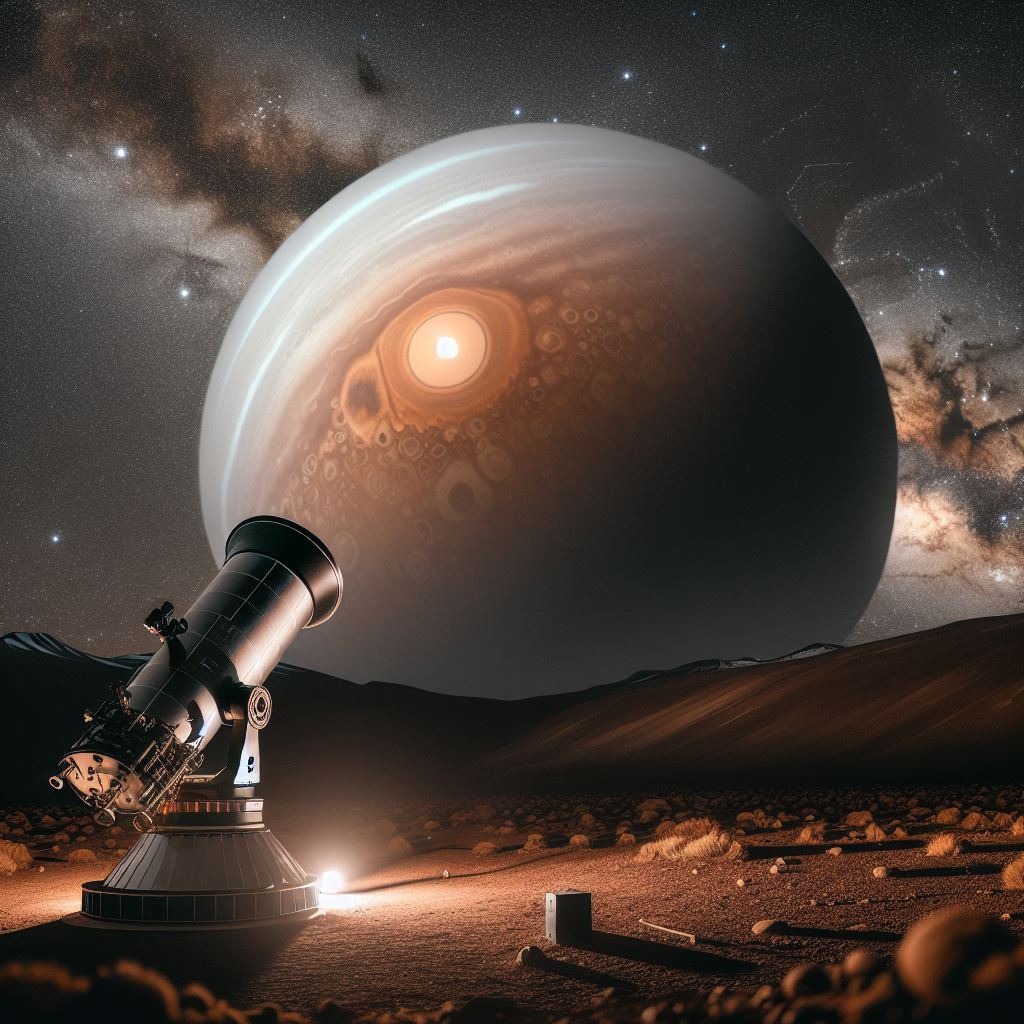
The Vera Rubin Observatory, located in Chile, has recently activated its telescope equipped with a camera from 3,200 megapixels, the most powerful in the world. This cutting-edge instrument promises to reveal important secrets of the universe, including the mysterious nature of dark energy, dark matter, and cosmic events that are still poorly understood. A fundamental objective of the mission is also the identification of the enigmatic Planet Nine, a celestial body thought to be located in the most remote regions of our Solar System.
“It wasn't just a success; it was an extraordinary success.”, said Victor Krabbendam, head of the Vera Rubin programme, commenting on the quality of the first images taken by the telescope. Designed to have a extremely wide field of view, The telescope is capable of scanning vast portions of the sky and obtaining crucial information on cosmic phenomena of great scientific importance.
At present, the telescope has completed a test phase with a reduced camera, but within a few months the instrumentation will be upgraded with the 3,200 megapixel LsstCam, which will ensure a clear field of vision 21 times higher compared to the current one.
A leap forward in cosmic observations
The first image taken by the Vera Rubin Observatory is a small square composed of nine panels, covering an area of sky almost twice the size of the surface of the Full moon. When the telescope is fully operational, the area covered by the images will be approximately 45 times that of the full moon, allowing us to explore the sky in an unprecedented way.
The Vera Rubin telescope is dedicated to one of the pioneering scientists in the study of dark matter, and aims to collect an extraordinary amount of data on phenomena such as gravitational waves and the supernovae. These data will be fundamental for better understanding the distribution of dark matter and dark energy. Furthermore, its wide field of view will make it ideal for cataloguing small celestial bodies in the Solar System, such as asteroids, and to detect traces of mysterious objects, such as the Planet Nine.
Planet Nine is a hypothetical body that may lie beyond Neptune's orbit, in an extremely remote region that is difficult to observe. The Vera Rubin Observatory, with its incredible ability to map vast areas of the sky, could finally provide evidence of its existence, solving one of the most fascinating mysteries in our understanding of the universe.
The new camera is scheduled to be installed by March 2025. After a series of tests, the first scientific images are expected to be published between June and July 2025, marking the beginning of a new era in astronomical research.